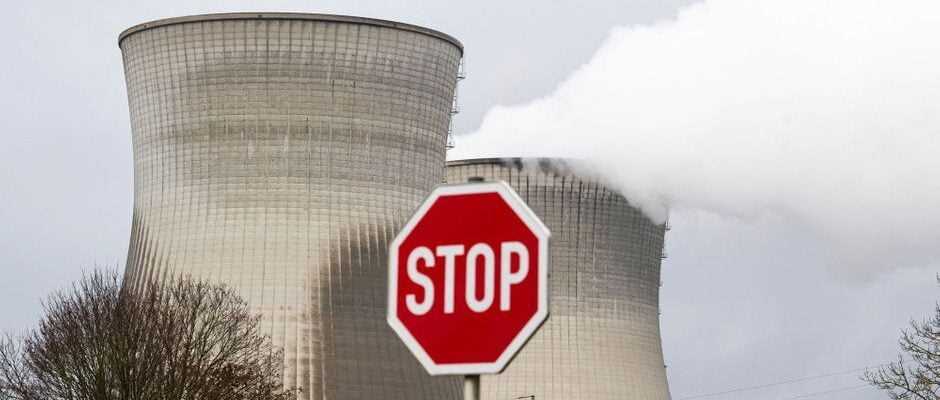Germany is shutting down three of its six nuclear reactors still in operation on Friday.
Cruel coincidence: As Europe currently faces one of the worst energy crises in its history, half of Germany’s remaining nuclear capacity will be shut down on Friday, a decade after Angela Merkel’s historic decision to pull her country out of the atom.
The withdrawal of three nuclear reactors out of six still in operation comes in the midst of a European energy crisis fueled by the recent resurgence of geopolitical tensions between the main supplier of gas, Russia, and its customers.
Concretely, the blocks located in the German villages of Brokdorf (north), Grohnde (center) and Gundremmingen (south) will stop operating in 2022. The whole represents around 4 gigawatt hours of installed power, or the equivalent of ‘a thousand wind turbines.
At the end of 2022, it will be the turn of the last three power plants in the country, Neckarwestheim (south), Isar 2 (south) and Emsland (north), with here too a capacity of around 4 GW withdrawn from the network.
The Fukushima nuclear disaster in 2011 convinced former Chancellor Angela Merkel in a few days to initiate the abandonment of nuclear power in Germany.
Despite the withdrawal of an energy which still weighed for about 11% of the electricity generated in 2020, “the security of supply in Germany remains guaranteed”, declared Tuesday Robert Habeck, Green Minister of the Economy and the Climate protection, in a press release.
Threats to stop Nord Stream 2 in case of Russian military escalation
To compensate for the end of nuclear power, and while waiting for renewable energies to completely fill this gap, Germany is getting massive supplies of fossil fuels, particularly gas.
However, this energy security has a price: European gas prices have been rising steadily for several months, in the wake of geopolitical tensions with Russia, the main supplier to Europe.
Some Western states suspect Moscow of reducing its deliveries to Europe to exert pressure, amid deep geopolitical tensions around Russian military maneuvers on the Ukrainian border.
Germany’s new government recently warned Moscow that a “shutdown” of the controversial Nord Stream 2 gas pipeline, connecting Russia to Germany via the Baltic Sea, could be ordered in the event of a military escalation.
Another cause of soaring prices, stocks in Europe currently at their lowest, affected by a prolonged winter in 2020.
Their replenishment is proving complicated while demand is strong, reflecting a stronger-than-expected rebound in economies after the hole caused by Covid-19.
In addition, there are bottlenecks for renewable energies, such as wind and solar, for meteorological reasons.
According to Sebastian Herold, professor of energy policy at the University of Applied Sciences in Darmstadt (West), the end of nuclear power in Germany is expected to push prices even higher.
“In the long term, we hope that the increase in renewable energies will balance things out, but this will not be the case in the short term,” he told AFP.
Between 1000 and 1500 new wind turbines should be installed per year
Germany should “remain more dependent on natural gas overall, at least in the short term, and therefore also a little more dependent on Russia”, according to the professor.
Another setback: the shutdown of nuclear power plants removes a key source of low-carbon energy in a country where emissions are on the rise.
The use of fossil fuels to compensate is expected to increase CO2 emissions by “up to about 40 million tonnes” per year, according to the Berlin institute DIW.
Germany will also “probably still miss” its objectives for reducing CO2 emissions “in 2022”, and “it will be difficult for 2023”, warned Robert Habeck in an interview with the weekly Die Zeit.
The share of renewable energies in the electricity produced has already fallen over one year in the third quarter of 2021, to 43%, according to the Office Destatis.
Between 1000 and 1500 new wind turbines should be installed per year, according to Mr. Habeck, against “barely more than 450” per year in recent years, in particular because this has encountered opposition on the ground.
The new ruling coalition in Berlin, led by social democrat Olaf Scholz, has set itself the target of 80% of electricity in Germany to be produced sustainably by 2030, with a move away from advanced coal in that year, against 2038 targeted under the previous government.
Any reproduction prohibited
